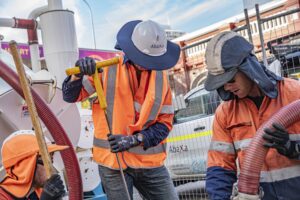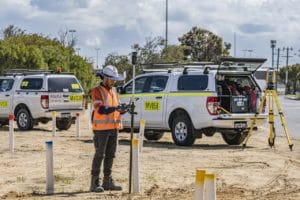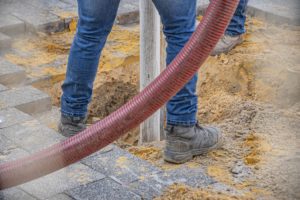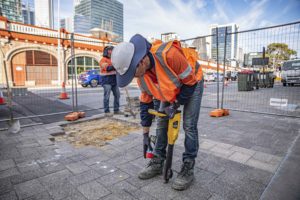If you work in construction, you’ll know that managing risk is an essential part of the process. It’s vital to set up safe protocols that can be easily followed by all workers onsite. Often, risk can be minimised if you plan and prepare the site correctly. Whether it’s correctly installing safety signage or using equipment, like concrete scanners, to identify underground hazards – it’s all essential for a safe working environment.
It doesn’t matter how big or small the project is, there is a long list of potential risks you need to be wary of. Every movement should be carefully planned and executed.
So, what type of risks should you be looking for and how do you avoid them? Let’s uncover some essential risk management tips for your next construction project.
Potential risks during construction
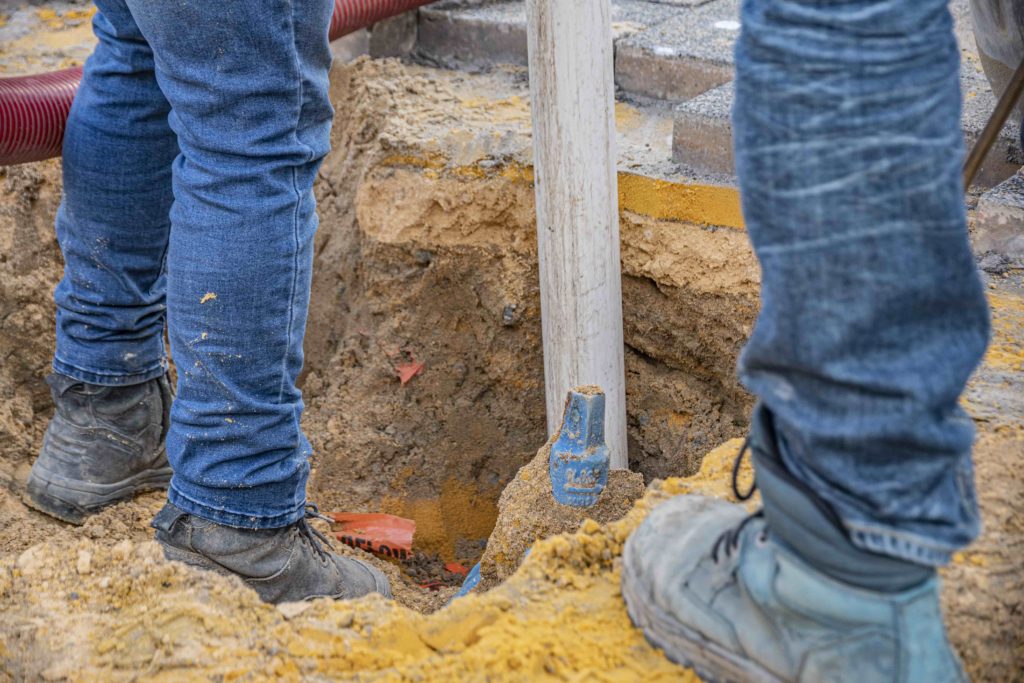
It’s true that some risks cannot be planned for, a natural disaster for example. However, there are plenty of incidents that happen on worksites that can be avoided with the right preparation. These can include:
- Safety hazards – Safety hazards can appear anytime. It’s not something you can set and forget.
- Poor communication – Objectives for a project can change. Every site needs a platform to communicate changes to all parties.
- Shortage of labour – This can also include a shortage of qualified labour.
- Under supply of products – One delay will likely cause a chain reaction of delays. Products need to be ordered in advance and delivered at the agreed time.
- Property/site damage – If preventative scans of the construction site aren’t carried out, damage and lengthy delays are likely to follow.
- Theft and break downs – Even with preventative measures in place, theft and breakdowns can happen. You’ll need to be prepared for the unexpected.
How to manage risk before and during construction
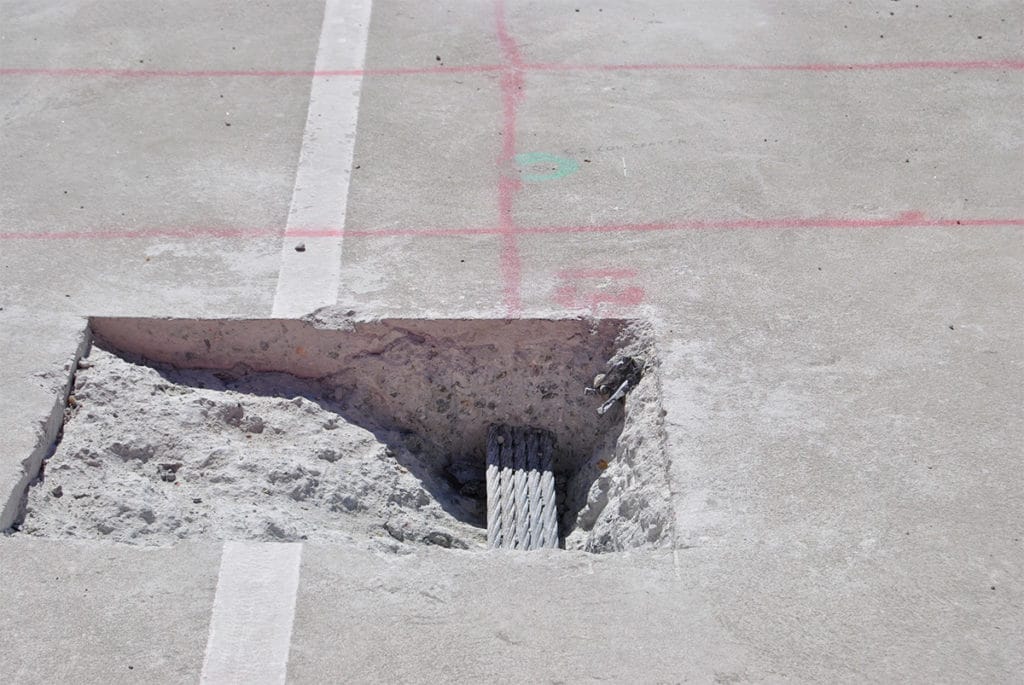
Before any earth is turned on a construction site it’s wise to have the site scanned and inspected for anything that’s hidden underground. If you were to hit something unexpected, you run the risk of incurring lengthy delays, unforseen costs and potential damage to your equipment or machinery. On top of that is the risk of injury to a worker. Employing a company, such as Abaxa, to scan for underground hazards is a clear safety-first solution and is a proactive step in risk management.
There are various types of scans and checks that can be carried out on a construction site.
Concrete Scanning
If an existing concrete structure is on the site that you intend to cut or drill into, a 3D concrete scan should be one of the first tasks carried out. Similar to a scan carried out by a ground penetrating radar (GPR), concrete scanning is accurate and non-destructive. A concrete scanner can quickly locate any metallic or non-metallic items located within the concrete and can assess the quality of the reinforced steel.
While concrete scanning plays an important role locating items of potential danger, its real benefit is how it speeds up the construction process. By quickly identifying areas that are safe for cutting, drilling or excavation, site managers can get their project moving.
Utility Location
Damaging an underground utility is something no site manager wants to be responsible for. Bringing in a skilled and accredited utility locator is money well spent. Using the latest technology, your utility locator will be able to pinpoint the location of:
- Fibre Optic Cables
- Electrical and communication cables
- Gas and oil pipes
- Stormwater and local council drains
- Electric traffic signals
- Sewerage, water and irrigation pipes
Accredited Survey of Utilities
Additional to our utility location services, utility surveying may be necessary to ensure that the location of any new and existing utility structures work together. Any company undertaking this operation must carry out the survey to accreditations AS 5488. Abaxa’s skilled and accredited locators and surveyors have been offering this service for many years.
Past studies have shown that engaging a subsurface utility service can result in a real saving. In fact, one study said that for every $1 spent, over $4 of quantifiable project dollars were saved by preventing damage to assets.
Vacuum Excavation
If you’re carrying out construction in high traffic areas, like Perth city, your site will be full of hidden cables, pipes and drains – many of which could be so old they don’t appear on current plans. In these cases, it’s wise to choose a vacuum excavation along with standard locating services.
Rather than slowing down the process, vacuum excavation helps speed things up by positively identifying services. This helps you avoid damage, delays and extra costs associated with utility strikes.
If you’re at the start of your construction project and you haven’t completed a full risk management assessment, contact Abaxa. Our ‘3 Degrees of Safety System’ can help you avoid any unnecessary damage and will ensure your project complies with the Utility Providers Code of Practise, Duty of Care and Preventions to Damage Services.
Abaxa has over 30-years’ experience in the Perth construction industry and will guide you to carry out the safest and most cost-effective method of construction. If you have any questions regarding your construction project, contact the team at Abaxa.



